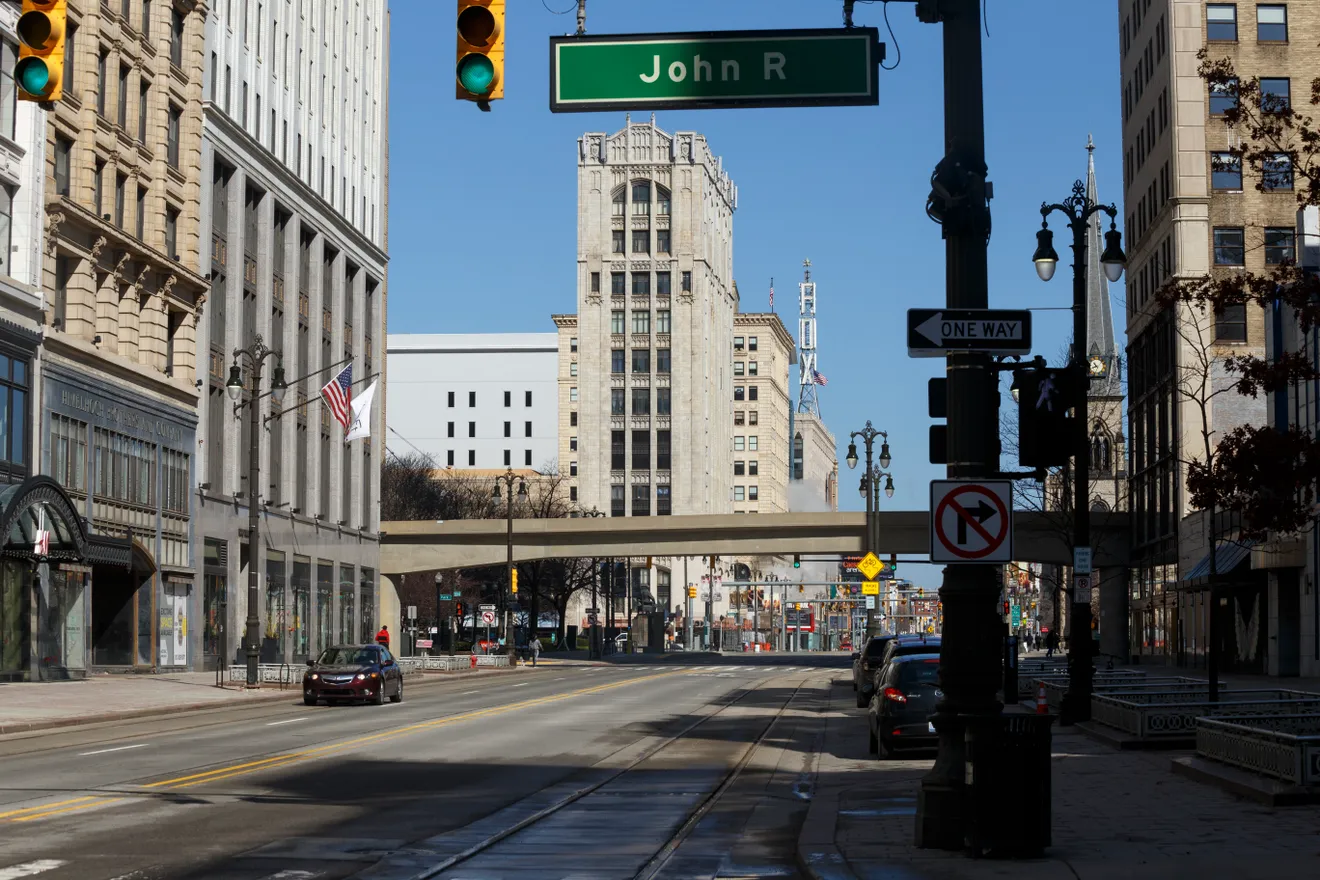You’d think it was all good in the hood when reading the glowing stories last week about Detroit’s bankruptcy 10 years after.
But look beyond the talking points disseminated by Mayor Mike Duggan’s bloated propaganda department of “story tellers.”
Instead of taking the mayor’s word on things, let’s look at data, not spin. If you consult disinterested federal agencies like the FBI, Bureau of Labor Statistics, Census Bureau and the Federal Reserve, you’ll see a portrait of a struggling city with a junk bond credit rating. And if revenue continues to fall, as it has, the city could find itself back in bankruptcy court asking pensioners for another haircut.
Bankruptcy was supposed to wipe out some debt and give the city breathing room to raise the quality of life and services for its citizens.
Has it? Let’s take a close look at Dugganomics. Back in 2013, the police budget was $339 million. Today the budget stands at $388 million. If you take inflation into account, that’s actually a 15% cut. And it shows. The murder rate has now climbed to 50 per 100,000, according to FBI data. The rate is one of the highest in America, and five points higher than it was in Detroit a decade ago.
Now search for the city’s weekly crime statistics. Most every big city posts them. Not Detroit.
Last week’s stories talked about improved police response times. But back in 2019, I analyzed one million calls to 911 and found the police department was adding traffic stops to its 911 data with a response time of 0:00. Think of what ten thousand zeroes does for your batting average.
It’s the same with the Fire Department. That budget has been slashed by 30% — again taking inflation into account. Still, the mayor claims that top priority medical response times are now at the national average of about eight minutes.
But there is an accounting trick here, too. In many cases, it is now fire trucks that first make the scene. Once the truck arrives, the 911 clock stops. But those aren’t paramedics standing there in your time of need. And that’s not an ambulance. The truth is the fire department is so mismanaged that the city recently leased 18 ambulances from Macomb County because of “burnout” declarations.
The bus system too has been cut by 1% since bankruptcy. Bus service is running roughly 30% lower than at pre-pandemic levels. To plug the gap, the city uses the region-wide SMART system funded by southeastern Michigan taxpayers but doesn’t pay into it.
There was a lot of crowing about Detroit’s growing revenues. But again, taking inflation into account, Detroit’s tax receipts are down 10% since 2015. That’s not growth. And that’s a big problem. Analysts project Detroit falling back into the red sometime in the next three to five years.
After a 10-year holiday from funding its pension obligations, the city has now resumed payments of approximately $135 million a year. While Duggan has squirreled away about $470 million to meet those obligations, do the math. We’re at a fiscal cliff. And now that the mayor wants to be governor, he makes short term deals that fob-off the long-term fiscal consequences on the next mayor.
Just last week, Duggan floated the idea of restoring pension cuts and resurrecting the 13th check to retirees. That’s good electioneering, but it’s also voodoo economics. Few people realize that language in the bankruptcy plan allows the city to ask for more pension cuts if it can’t meet its obligations.
Look at most every metric of misery. Poverty. Infant mortality. Reading scores. Workforce participation. Population decline. Detroit is at or among the worst in them all.
There’s a lot of money in poverty, and Detroit’s bankruptcy has made some rich people richer.
But the everyday citizen is waiting at the bus stop wondering: What comeback?








